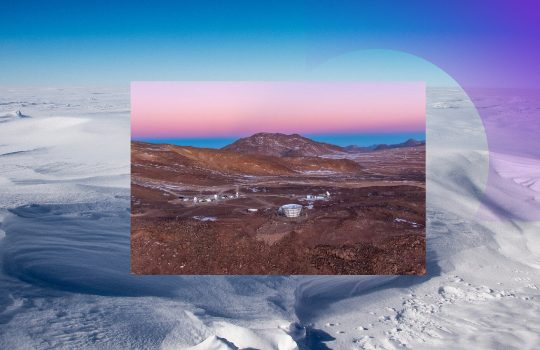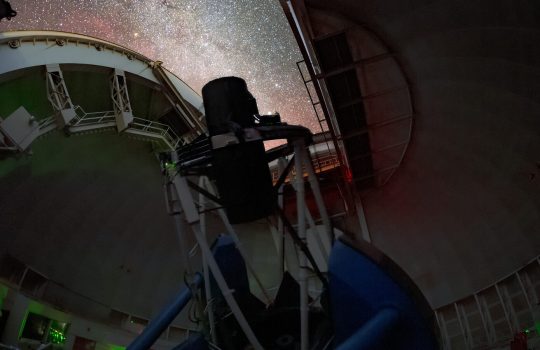Rule-breaking particles pop up in experiments around the world
From Scientific American, October 2022: For several decades after the invention of the Standard Model, several physics measurements suggest that novel particles and forces exist in the universe. This article was originally published and titled, “When Particles Break the Rules” and includes the combined results from the Fermilab g-2 experiment and the previous trial at Brookhaven that add up to a probability of less than 0.01 percent that this anomaly is a statistical fluke.



